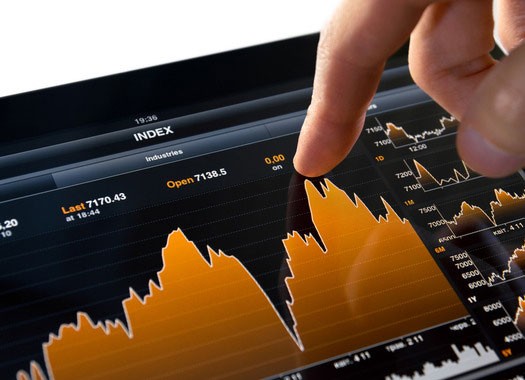Getting to Know ExchangeTraded Funds_1
Post on: 19 Май, 2015 No Comment

Qubes. StreetTracks. HOLDRs. Names of popular rock groups? Not even close. They’re all investments called exchange-traded funds (ETFs) and many people use them to build a diversified portfolio. Maybe you should, too — if you understand the risk/reward trade-offs.
An ETF is a basket of securities, shares of which are sold on an exchange. They combine features and potential benefits of stocks, mutual funds, or bonds. Like individual stocks, ETF shares are traded throughout the day at prices that change based on supply and demand. Like mutual fund shares, ETF shares represent partial ownership of a portfolio that’s assembled by professional managers.
Types of ETFs
There are a number of types of ETFs, each with a different investment focus. Following are some of the most common ETFs.
- Diamonds follow the 30 large-cap companies that make up the Dow Jones Industrial Average.
- Standard & Poor’s Depositary Receipts (Spiders) mirror the S&P 500, an index of 500 of the largest companies in the United States. They also track select sectors of the S&P 500.
- iShares hold baskets of stocks in specific regions of the world, select countries, or sectors, or follow U.S. corporate or government bond securities. 1
- Qubes track the 100 largest businesses of the technology-driven Nasdaq Composite Index.
- StreetTracks replicate various indexes focused on sectors, countries, or investment style. 1
- Holding Company Depositary Receipts (HOLDRs) are ETFs with a twist. They usually focus on narrow, emerging sectors — companies building the Internet infrastructure, for example — and their baskets hold only about 20 stocks to begin with. Stocks will never be added, and over time a HOLDR’s basket can become even more concentrated, as stocks that are lost due to mergers aren’t replaced. HOLDRs also differ from most ETFs in that they only trade in lots of 100 shares and shareholders can exchange their shares for the underlying stocks at any time by paying a fee.

Investors should note that because many HOLDRs are narrowly focused, they can be more volatile than other types of ETFs. Also, HOLDR investors will receive annual reports and other investment-related information for each of the 20 stocks in their HOLDR basket. On the other hand, they’ll only pay one brokerage commission instead of 20.
Different Structures
Originally ETFs were organized as unit investment trusts (UITs). In a UIT, an investment company buys a fixed portfolio of securities and then sells shares of that portfolio to investors. This type of structure results in dividends being held in an interest-bearing account, which are deposited into the ETF once each quarter. The delay in investing dividends can have a slightly negative effect on the total return of the ETF because the dividends are held as cash instead of being invested. Spiders, Diamonds, and Qubes are all organized as unit investment trusts.
Other ETFs, such as iShares, Select Sector Spiders, and StreetTracks, are structured as open-end funds. This arrangement follows the typical mutual fund structure in that new shares are continually offered and redeemed by the investment company. An open-end structure allows dividends to be reinvested immediately.














